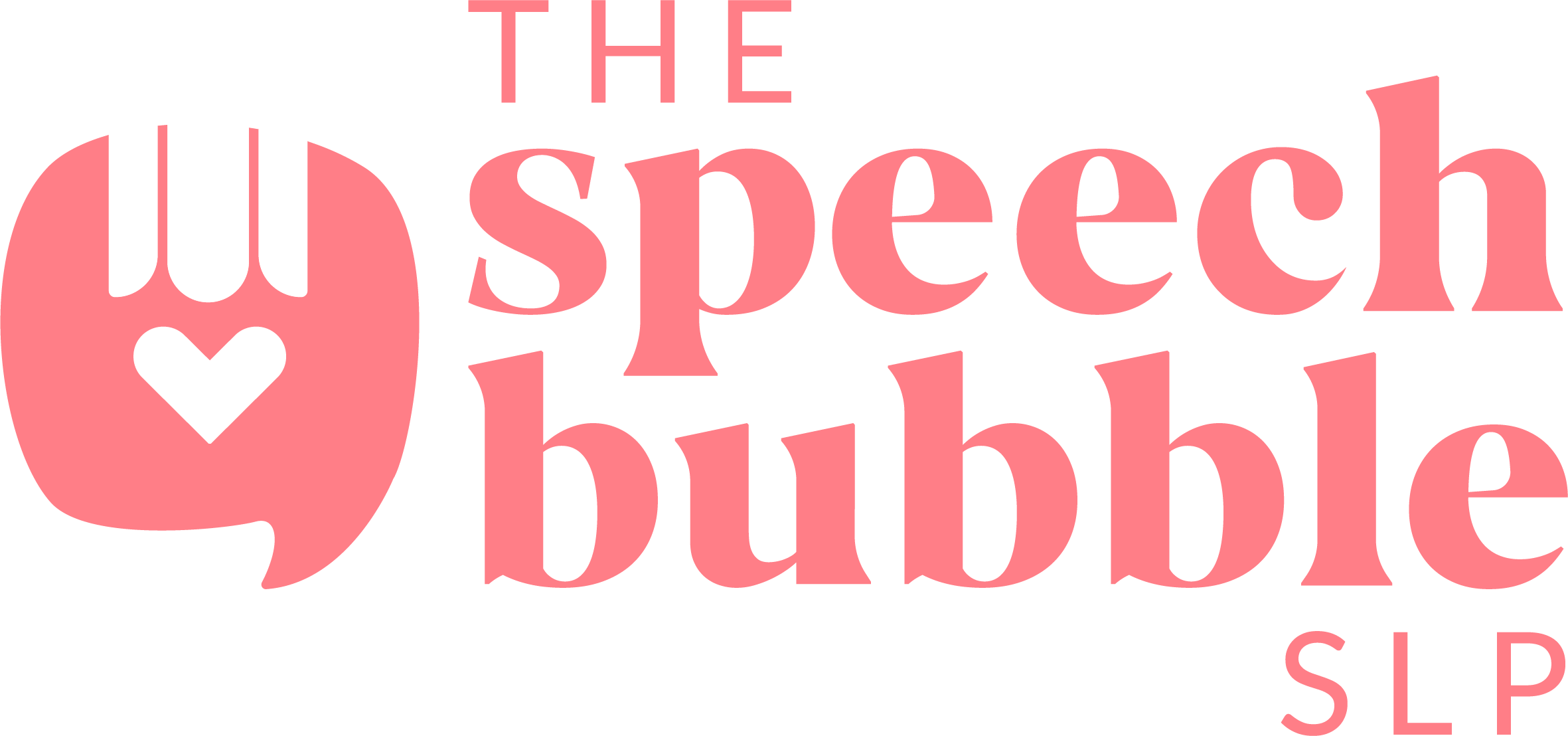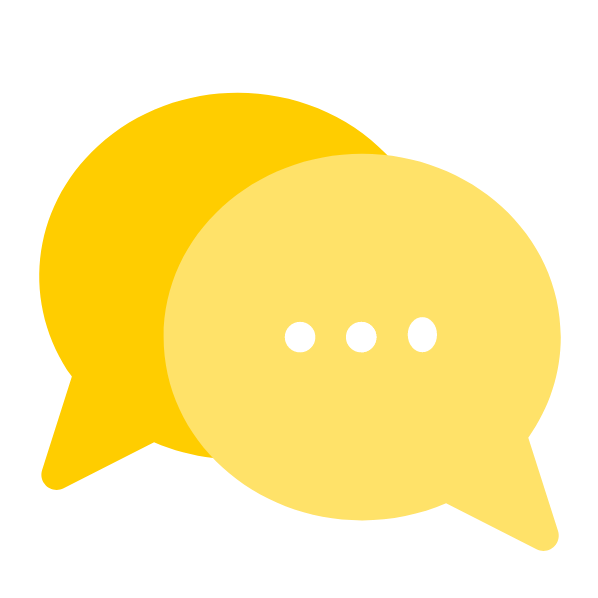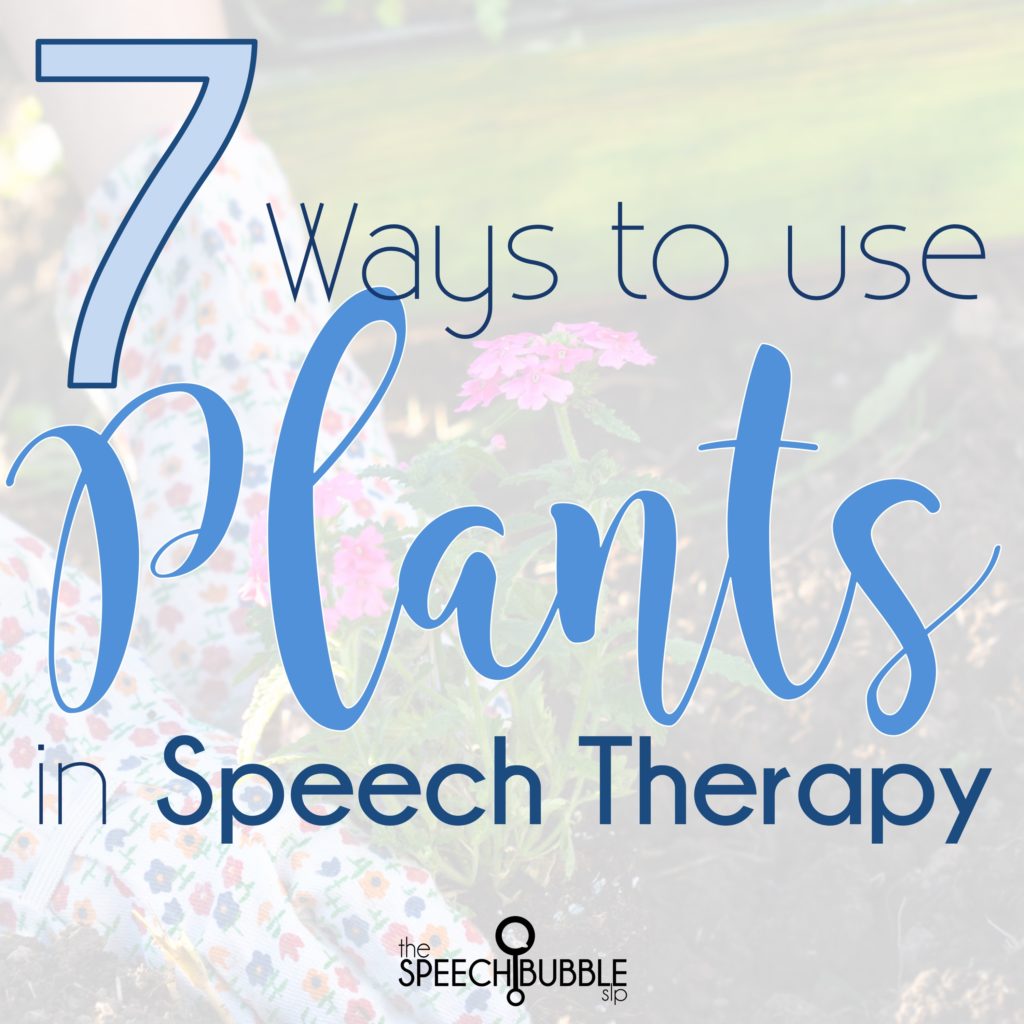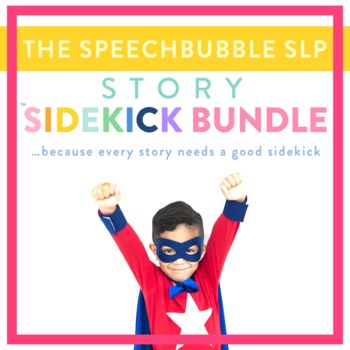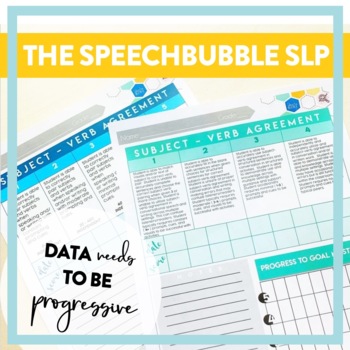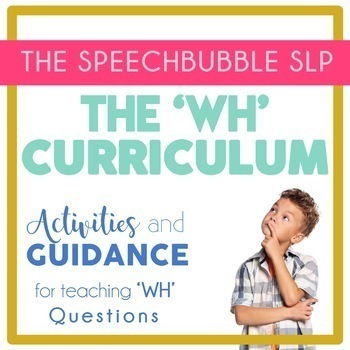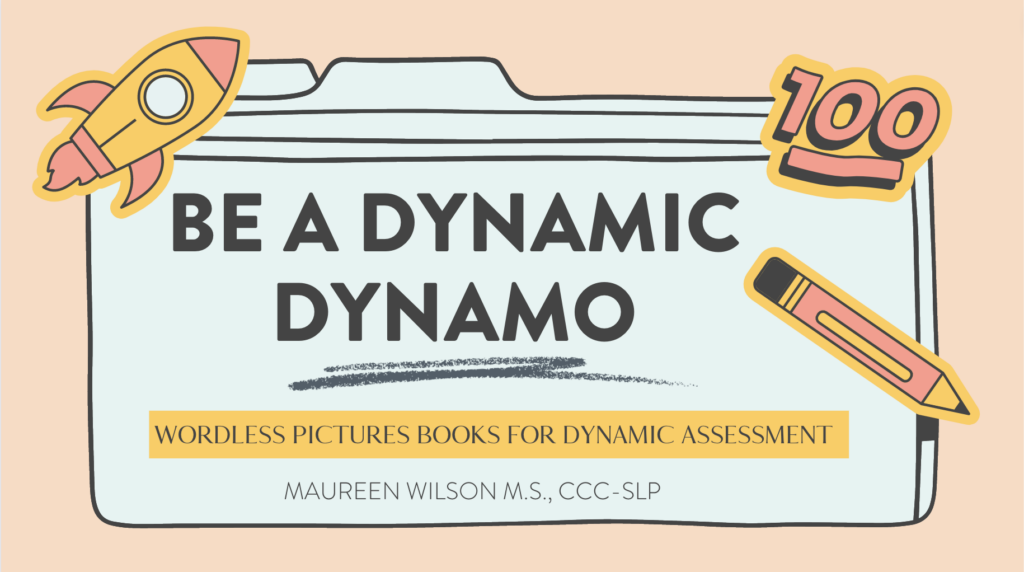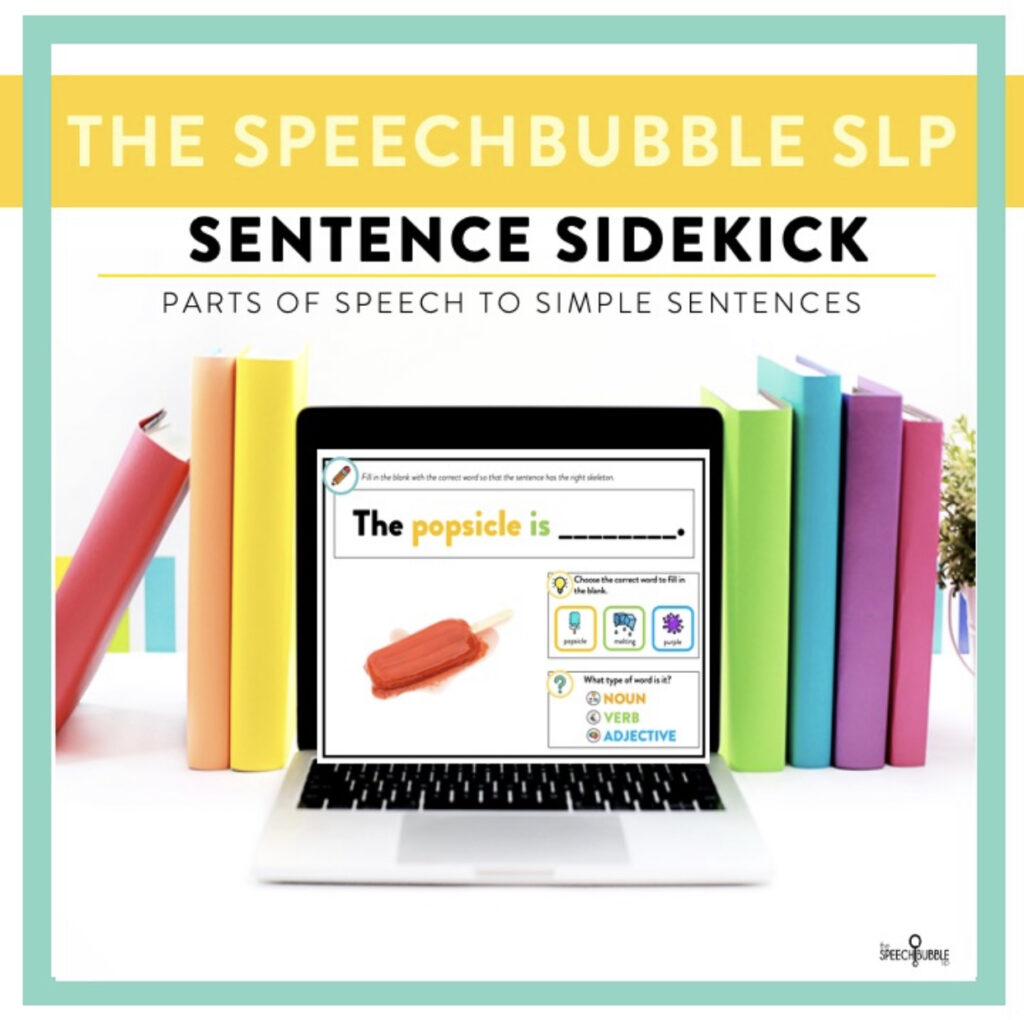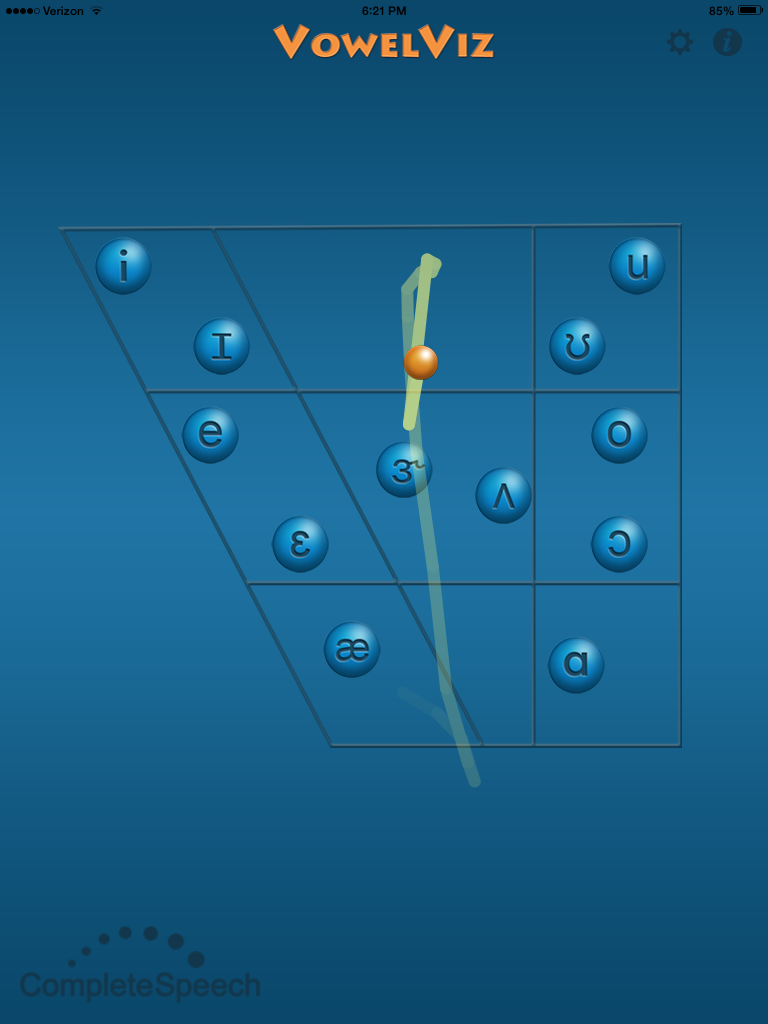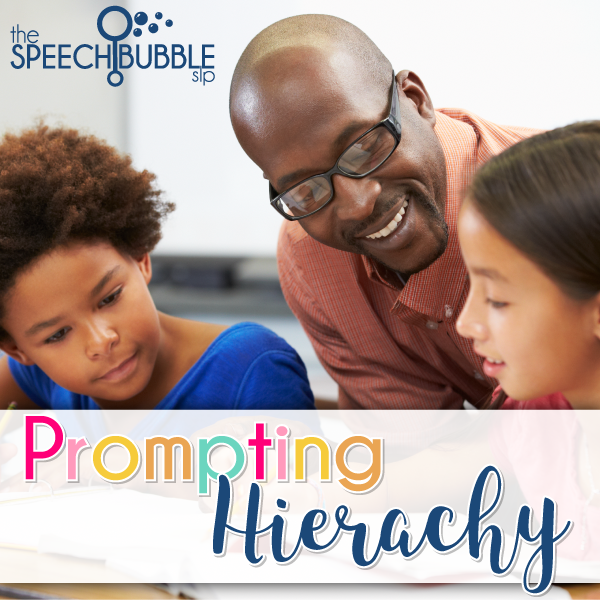Confession, I don’t have a green thumb despite years of trying. I’m pretty sure if flowers had legs, they would run when I walked into a nursery. One place where I can share my love of plants, without the worry of them making it, is my speech room. Today, I am sharing 7 ways you can use plants and flowers in your speech room, whether you have a green thumb or not.
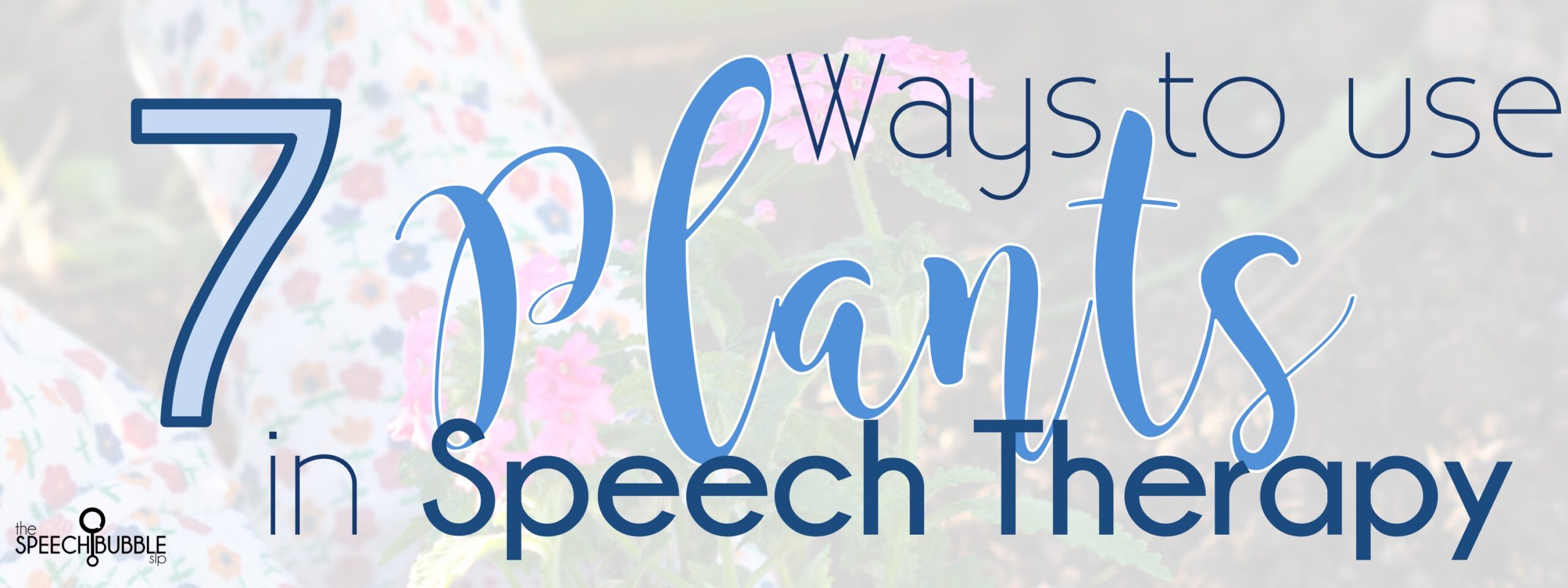
1. Sequence. Order the steps needed to plant a seed. Simple yes, but many students have never gotten their hands dirty and planted a seed before. Putting the actions in order and then going through the steps can be a great activity. Now, don’t freak about having to bring in dirt and the potential hot mess that could be. Grab some black beans or even brown pompoms from the craft store, a seed packet and you can either use real water or get some clear bead to represent water, and put all of that in plastic container to simulate planting a seen without having to clean dirt from under your nails at the end of the day 😉
2. Vocab/Labeling. Draw a big flower on board and talk about the different parts. If you don’t have the time to print and laminate labels grab some index cards and sticky tac. Write the labels on the cards and put a bit of tac on it. Have the kids choose a label and tell you want part of the plant it is. Then you can plant ” Pin the label on the Plant “, feel free to call it something way more engaging ;). The kids can close their eyes and try to put it on the correct part of the plant on the board.
3. Describing. This is when you may want to splurge and buy a real flower at the store, they are actually cheaper than a ‘good’ fake one. Have the kids feel, observe, and smell the flower. What do the petals feel like? What colors to they see? How short or long are the roots? Is the flower an annual or perennial? Go through and describe the flower by getting up close and personal.
4. Categorize. Find some pictures of flowers online or even better bring in a floral magazine i.e. Proven Winners. These magazines will not only save you a ton of time searching for pictures but you wont have to print anything out. Have the kids cut out pictures of flowers and plants they like and then categorize them but annual/perennial, color, area that they grow in, size, etc.
5. Articulation. Use the same floral magazine and do an articulation search. Have kids find plants with containing their speech sounds.
6. Cause and Effect/Inferencing/Predicting. Talk about what would happen if a plant was planted at the wrong time of year or if you only watered a flower once a week vs everyday. What would happen? How would someone feel if their plant didn’t grow?
7. Synonyms/Antonyms. Is the flower short or tall? Do they think it is pretty and beautiful? Are the leaves rough or smooth. Get a few flowers from the store and let the kids experience the vocabulary that comes with these lovely plants.
So where can you get real plants? Home Depot, your local market, a nearby nursery. You don’t need to get a huge shrub, a single daisy can have the same impact on the kids.
If you are more into reusable materials, you can find some great felt flowers and gardening sets at Target or online on Amazon or Etsy. Here are some that are really cute: Felt Vegetable Garden Felt Flower Garden
If you are more into print and laminate, check out this thematic gardening resource with pre-made activities. Honestly, it is one of the materials I look forward to using each year because my kids, and who am I kidding, me too, get really into it. Bonus, if you plant real flowers right after you get back from Spring Break, they are usually ready to send home by Mother’s Day 😉
Some great book pairings are:
If you want to see more project based language activities, then click HERE.

